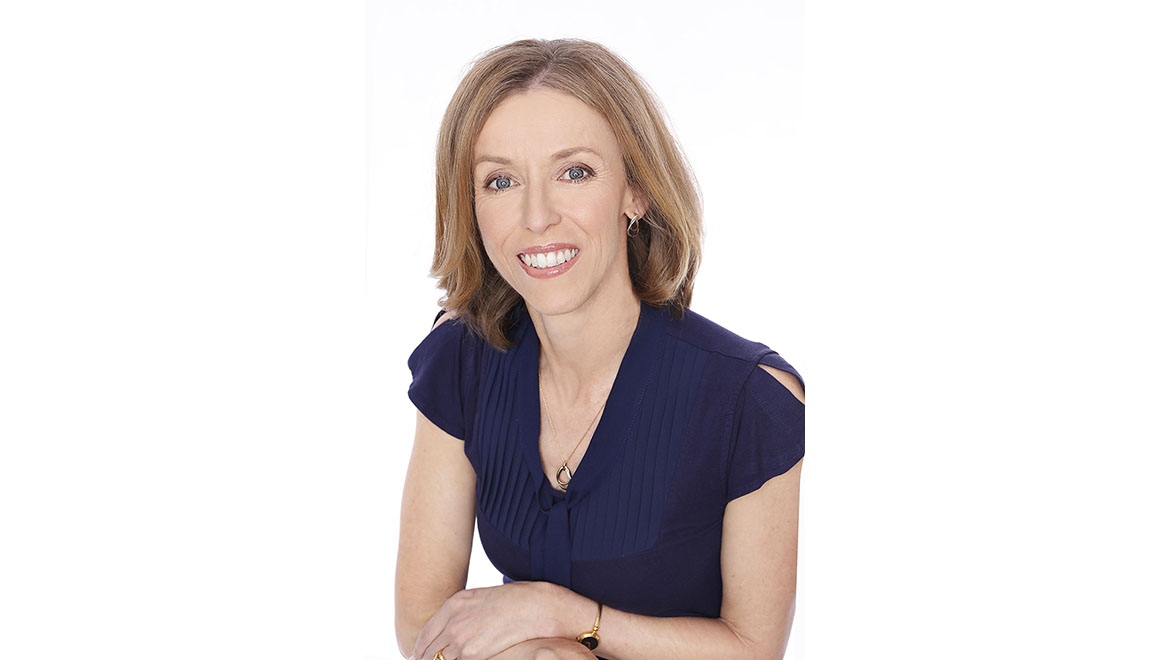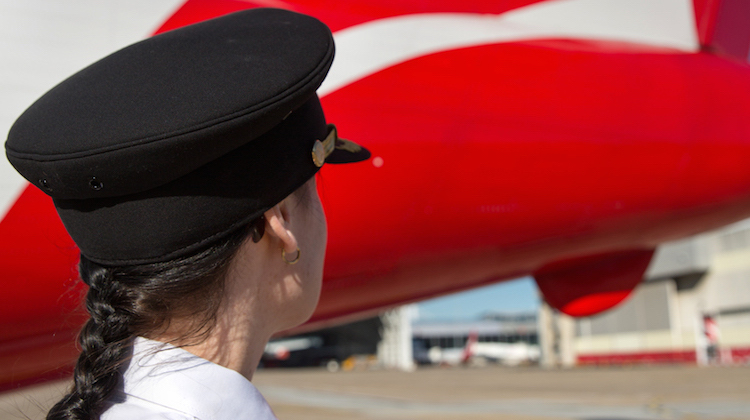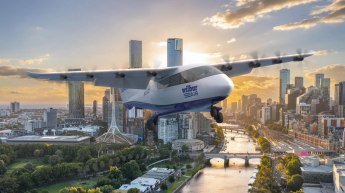The Australian Federation of Air Pilots (AFAP) has elected Captain Louise Pole as its new president.
It is the first time the pilots union has elected a woman to lead the association in its 80-year history.
Captain Louise Pole was officially named as the AFAP’s 32nd president at the pilots union’s annual convention on the Gold Coast on October 19, following a vote of its 4,700 members.
A Dash-8 Q400 pilot with QantasLink’s Sunstate Airlines, Captain Pole had been an AFAP vice president since 2009.
Incoming AFAP President Captain Louise Pole thanks Captain David Booth for his efforts over two terms as the 31st AFAP President. #2018AnnualConvention pic.twitter.com/ElzyWH96ib
— AFAP (@YourAFAP) October 24, 2018
Captain Pole said she was excited to lead the AFAP executive team.
“In its 80th year AFAP continues to be the leading organisation representing and promoting the interests of Australian professional pilots,” Captain Pole said in a statement.
“I am very much looking forward to leading the team and bringing my experience and expertise to champion the highest possible standards of aviation safety for our members.
“I am also keen to advocate for our members on other issues that I am passionate about, such as developing leadership capability, supporting people at every stage of their piloting career and leading initiatives that enable women pilots to train and join the workplace.”

Captain Pole succeeds Captain David Booth, who served as AFAP president for two terms.
AFAP executive director Simon Lutton said Captain Pole would “play a crucial role as we work to position the federation for continuing growth and success in a rapidly changing environment”.
“In particular, Louise will lead initiatives to serve our growing AFAP membership and to help attract and retain talent to the aviation industry,” Lutton said.
Pilot workforce only about three per cent female
Captain Pole set up the AFAP Women’s Network in 2010, which has helped quadrupled the number of women members.
Speaking with Fairfax Media in June 2018, Captain Pole recalled how young girls were often unaware there were female pilots.
“Little children, boys and girls, sometimes come to visit the cockpit,” she said.
“I said to a little girl, ‘do you think you want to become a pilot?’ and she replied, ‘Oh no, women are not pilots’.
“And as for the little boy beside her, he could not recognise I was standing there in my uniform, and pointed to my chair asking: ‘Where is the captain?’.
“Promotion of women, so far as seeing a picture of a pilot, you need to have a picture of a male and female together so that young people can equate gender diversity.”

Globally, only about three per cent of commercial airline pilots are female.
Both Australia’s major airline groups are keen to grow the number of females in their pilot ranks.
Qantas’s Nancy-Bird Walton initiative, named after the pioneering Australian aviatrix, aims to increase the number of qualified women in its pilot recruitment programs to 40 per cent in 2019.
“Our goal is to reach an intake that is 50 per cent men and 50 per cent women within a decade,” Qantas chief executive Alan Joyce wrote in the January 2018 edition of the airline’s inflight magazine.
“We know it’s not going to be easy to reach our targets. Today, women make up only 20 per cent of aviation students across Australian universities. And the number of women and girls studying science, technology, engineering and maths subjects shows that not enough see careers in technical roles as an option.
“We need to change that mindset.”
Meanwhile, Virgin Australia is targeting an equal intake of males and females for its pilot cadetship program.
VIDEO: A look at the Virgin Australia pilot cadetship program from Virgin Australia’s YouTube channel.
And Association of Asia Pacific Airlines (AAPA) director general Andrew Herdman said recently a lot more needed to be done to improving gender equality in aviation.
This included expanding the teaching of STEM – science, technology, engineering and mathematics – in schools, to having flexible rosters that meant talented aviation professionals were able to keep working when their personal circumstances changed.
“We are driven from an operational culture, we’ve got to adjust accordingly. Still run the operation, but try to offer a degree of flexibility because different people have different requirements,” Herdman told reporters in Jeju on October 19.
“There are many many opportunities ahead in this industry as we said in terms of the growth and it’s important that’s well publicised. It’s a challenge and it needs more than talk.”
















Ray
says:Nice to see a female elected rather than appointed through some sort of quota system. Captain Pole should quite rightly be proud that her ability and qualifications have led to the AFAP membership electing her to the position. On a similar vein I would be interested to hear what actual impediments exist in Australia that stop females pursuing aviation careers, and if a ‘degree of flexibility’ is needed to attract females to aviation, shouldn’t that same ‘degree of flexibility’ be offered to everyone interested in an aviation career?